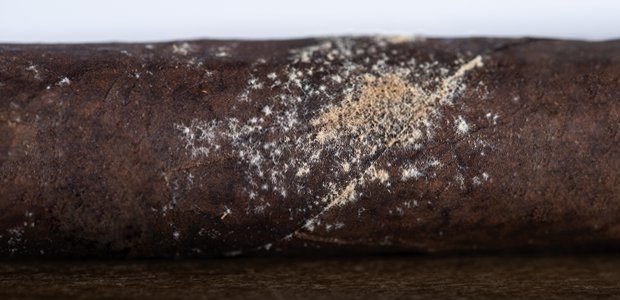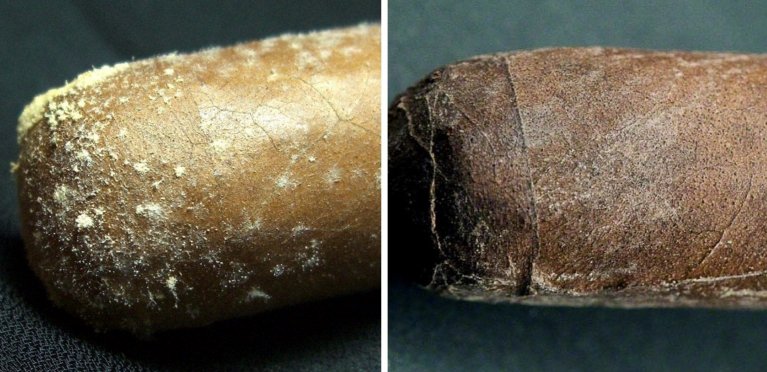Cigar enthusiasts often find themselves navigating the delicate balance between preserving and enjoying their prized cigar collection. One common concern that arises is the appearance of white specks on cigars, sparking debates about whether it’s bloom or mold. In this post, we’ll delve into the fascinating world of bloom and mold, exploring their differences, causes, and how to distinguish between the two.
Understanding Bloom: What is Bloom? Bloom, also known as plume, is a naturally occurring phenomenon on well-aged cigars. It manifests as tiny, crystalline formations on the surface of the wrapper. These crystals are composed of essential oils and other compounds present in the tobacco, which migrate to the surface over time.
Causes of Bloom: Bloom is a sign of a properly stored and aged cigar. The formation of bloom is influenced by factors such as humidity, temperature, and the quality of the tobacco. Cigars stored in a well-maintained humidor with stable conditions are more likely to develop bloom.
Identifying Bloom: Bloom has some distinctive characteristics:
- Uniform Distribution: Bloom tends to appear evenly across the surface of the cigar.
- Crystalline Structure: When examined closely, the white specks have a crystalline structure, resembling sugar or salt crystals.
- Wipes Away Easily: Unlike mold, bloom can be gently wiped away without leaving any residue.

Understanding Mold: What is Mold? Mold is a type of fungus that can develop on cigars when the conditions are too humid. Unlike bloom, mold poses a potential threat to the quality of the cigar and, if left unchecked, can spread rapidly.
Causes of Mold: Mold thrives in high humidity environments. If a humidor is not adequately maintained, or cigars are stored in an environment with excessive moisture, it creates a breeding ground for mold.
Identifying Mold: Mold has distinct features that differentiate it from bloom:
- Patchy Appearance: Mold tends to form irregular patches on the cigar, often appearing in clusters.
- Fuzzy Texture: Unlike the crystalline structure of bloom, mold has a fuzzy or powdery texture.
- Does Not Easily Wipe Away: Attempting to wipe away mold may result in smearing and leave a residue on the cigar.

Prevention and Maintenance: To ensure the longevity of your cigars and minimize the risk of mold, consider the following tips:
- Proper Humidor Maintenance: Regularly check and adjust the humidity levels in your humidor. Aim for a relative humidity (RH) of 65-70%.
- Ventilation: Ensure proper ventilation within your humidor to prevent stagnant air.
- Rotate Cigars: Periodically rotate your cigars to avoid prolonged contact with the same surface.
Distinguishing between bloom and mold is crucial for the well-being of your cigar collection. While bloom is a sign of a well-aged cigar, mold can compromise its quality. By understanding the characteristics of each and implementing proper storage practices, you can enjoy your cigars to the fullest while preserving their integrity.

Remember, when in doubt, consult with experienced cigar aficionados or professionals to get personalized advice based on the specific conditions of your cigar storage setup. Cheers to many more years of enjoying fine cigars!